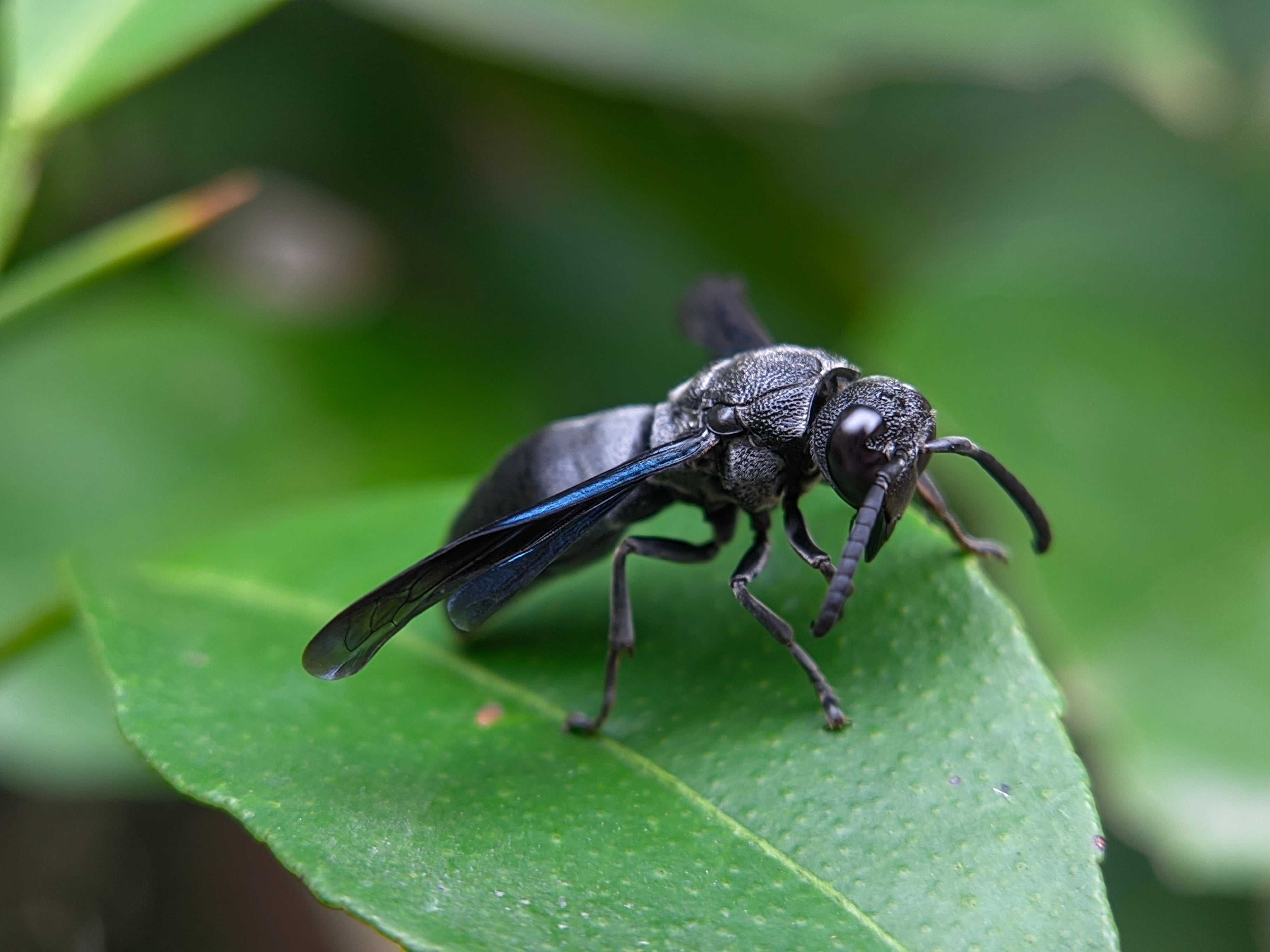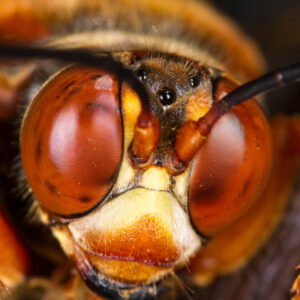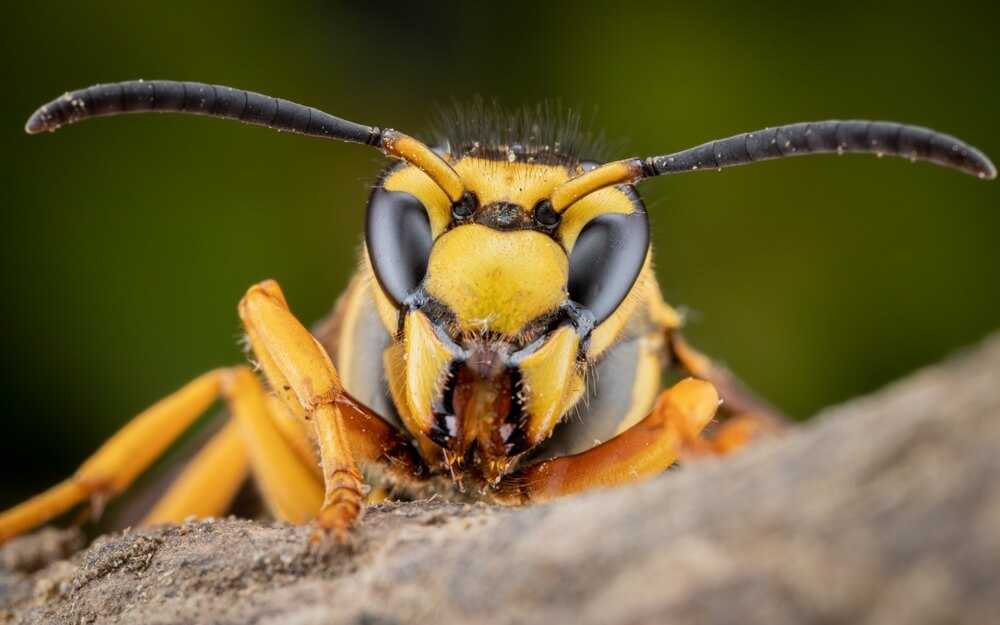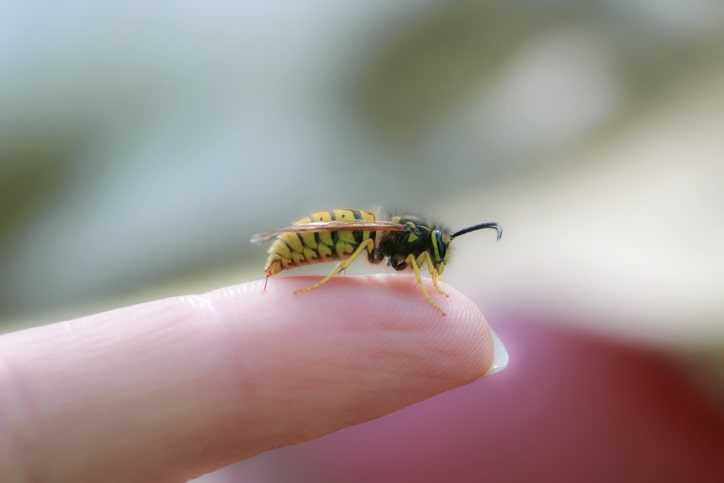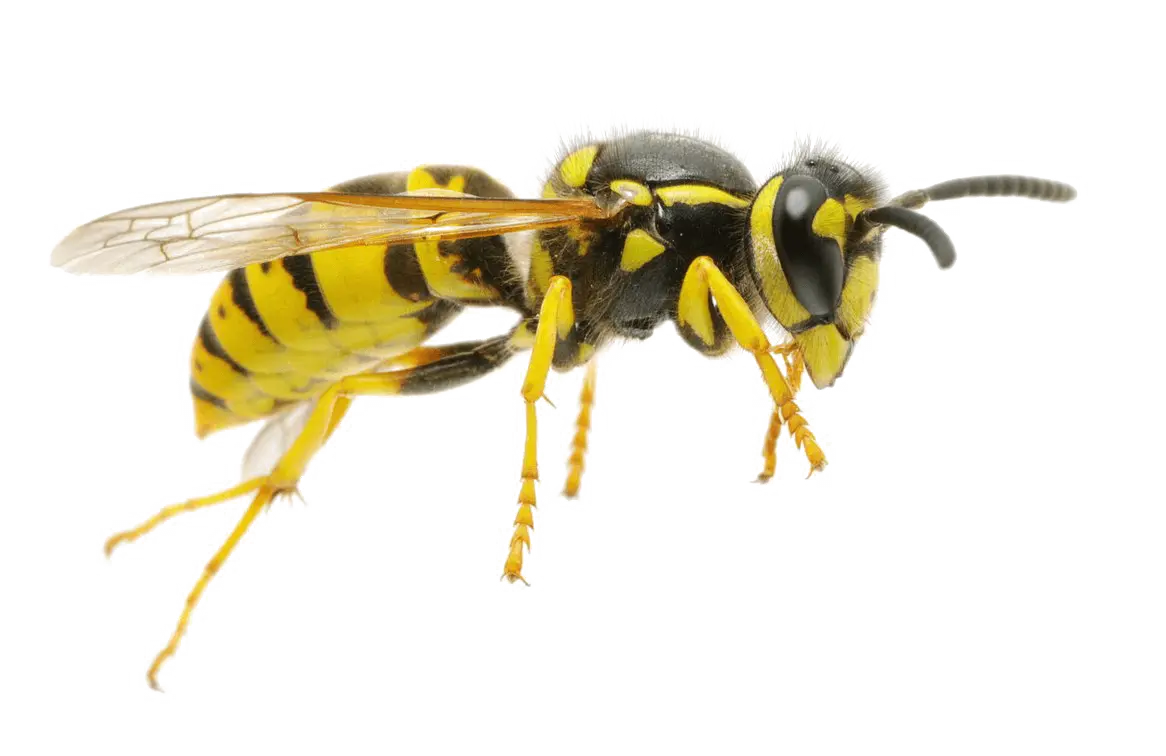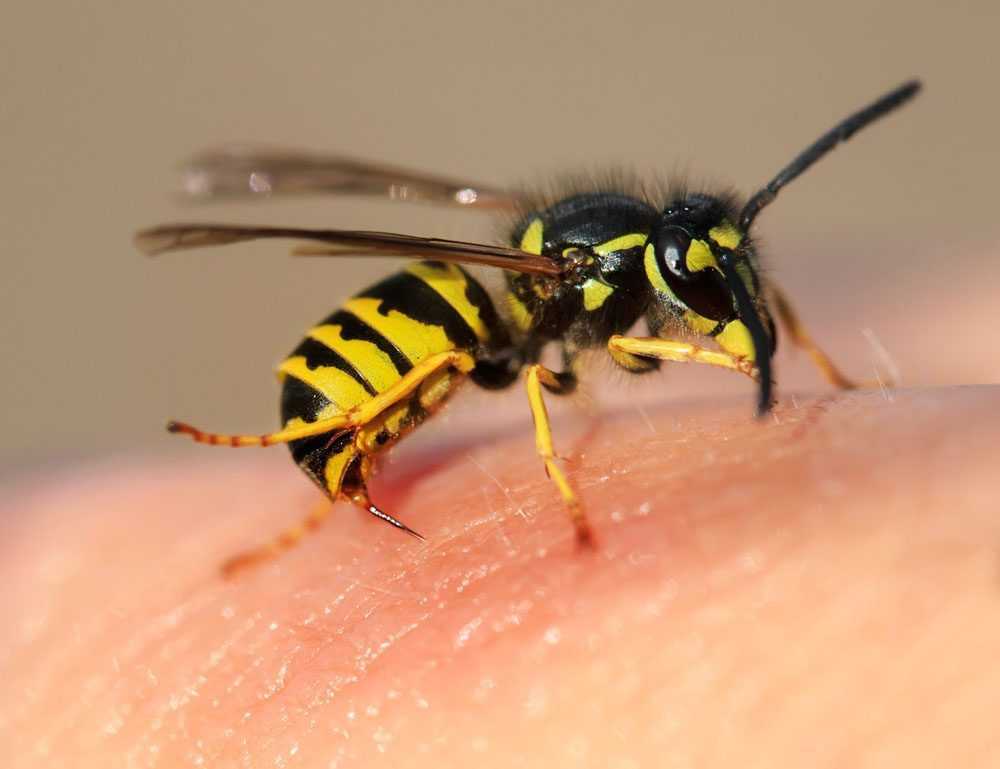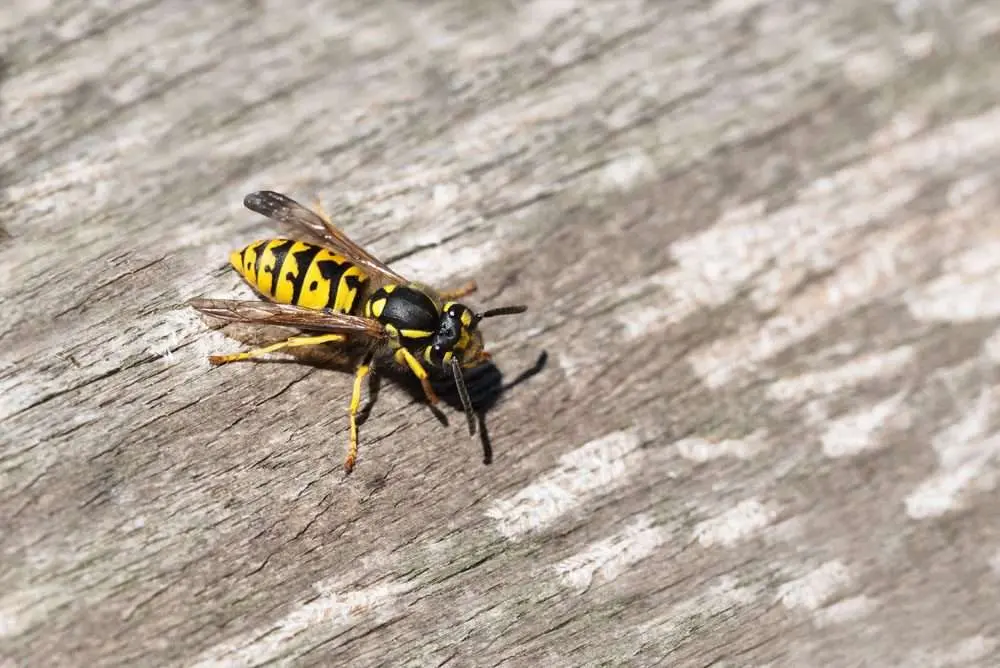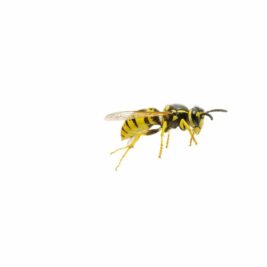Black Wasps : Identification and Behavior Insights
Black Wasps: Identification and Control Tips Are black wasps dangerous or just a nuisance? This guide will help you identify them, understand their behavior, and provide tips on how to manage or eliminate them. If you’re unsure whether you’re dealing with black wasps or spiders like false black widows, learning the difference can help keep […]
